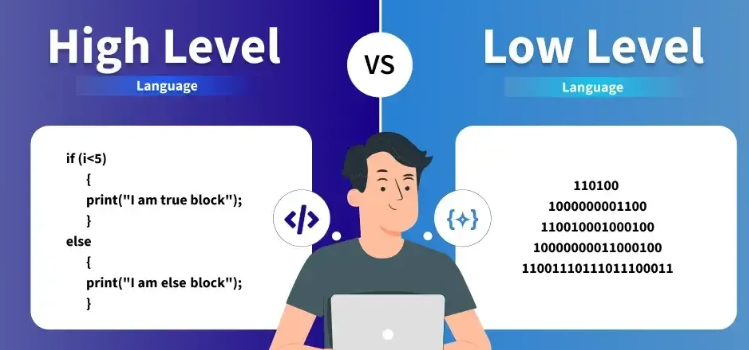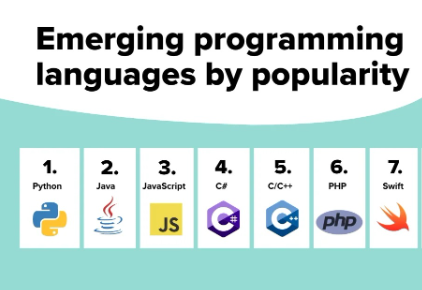
Low-Level vs High-Level Languages Explained
Introduction
When diving into programming, you’ll often hear about low-level and high-level languages. But what do these terms really mean? In this guide, we’ll break down the difference between the two in simple terms, compare them with examples, and help you understand when and why each is used.
What Are Low-Level Languages?
Low-level languages are closer to machine language, offering minimal abstraction from the hardware. They require the programmer to manage memory and system resources directly.
Characteristics:
- Machine- or assembly-specific
- Fast and efficient
- Less readable for humans
- Requires deep hardware knowledge
Examples:
- Assembly Language (e.g., x86 Assembly)
- Machine Code (Binary instructions executed by the CPU)
Use Cases:
- Embedded systems (microcontrollers)
- Operating systems (Linux kernel)
- Device drivers and firmware
Real-World Analogy:
Think of low-level languages like giving step-by-step instructions to a robot in its native language — it’s precise, but not easy to understand.
What Are High-Level Languages?
High-level languages are closer to human language, providing abstraction from hardware. These languages are designed to be easy to read, write, and maintain.
Characteristics:
- More human-friendly syntax
- Portable across systems
- Easier to learn and debug
Examples:
- Python – Used for AI, automation, web apps
- Java – Used in enterprise apps, Android development
- JavaScript – Powers interactive websites
- C# – Popular in game development and Microsoft apps
Real-World Analogy:
High-level languages are like giving instructions in plain English — easier to follow, though the machine needs to translate them.
Key Differences: Low-Level vs High-Level
| Feature | Low-Level Language | High-Level Language |
| Abstraction Level | Low | High |
| Performance | Very High | Generally Slower |
| Readability | Difficult | Easy |
| Portability | Platform-dependent | Platform-independent |
| Examples | Assembly, Machine Code | Python, Java, JavaScript |
How They Interact with the Machine
- Low-Level: Assembly is translated directly to machine code by an assembler.
- High-Level: Code is translated using a compiler or interpreter to machine code.
Learn more: How Programming Languages Work
Which One Should You Learn?
- Start with high-level languages like Python or JavaScript if you’re a beginner.
- Explore low-level languages if you’re interested in systems programming, operating systems, or hardware-level optimization.
Related Reads
Conclusion
Understanding the difference between low-level and high-level programming languages helps you choose the right tools for your learning path or project. While low-level offers control, high-level offers convenience. The best programmers often understand both.


